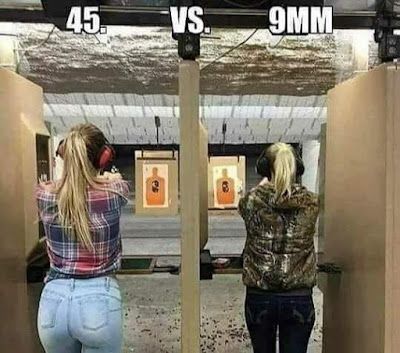



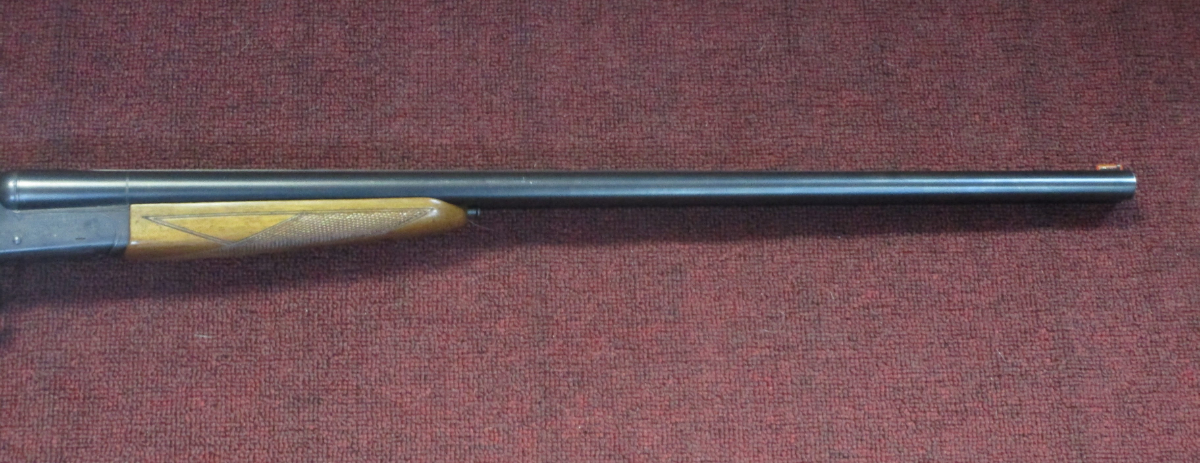
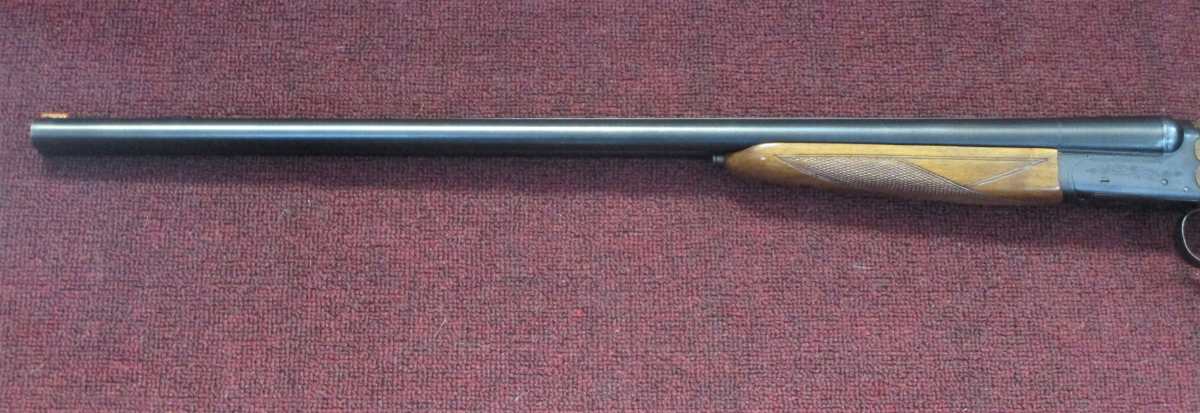
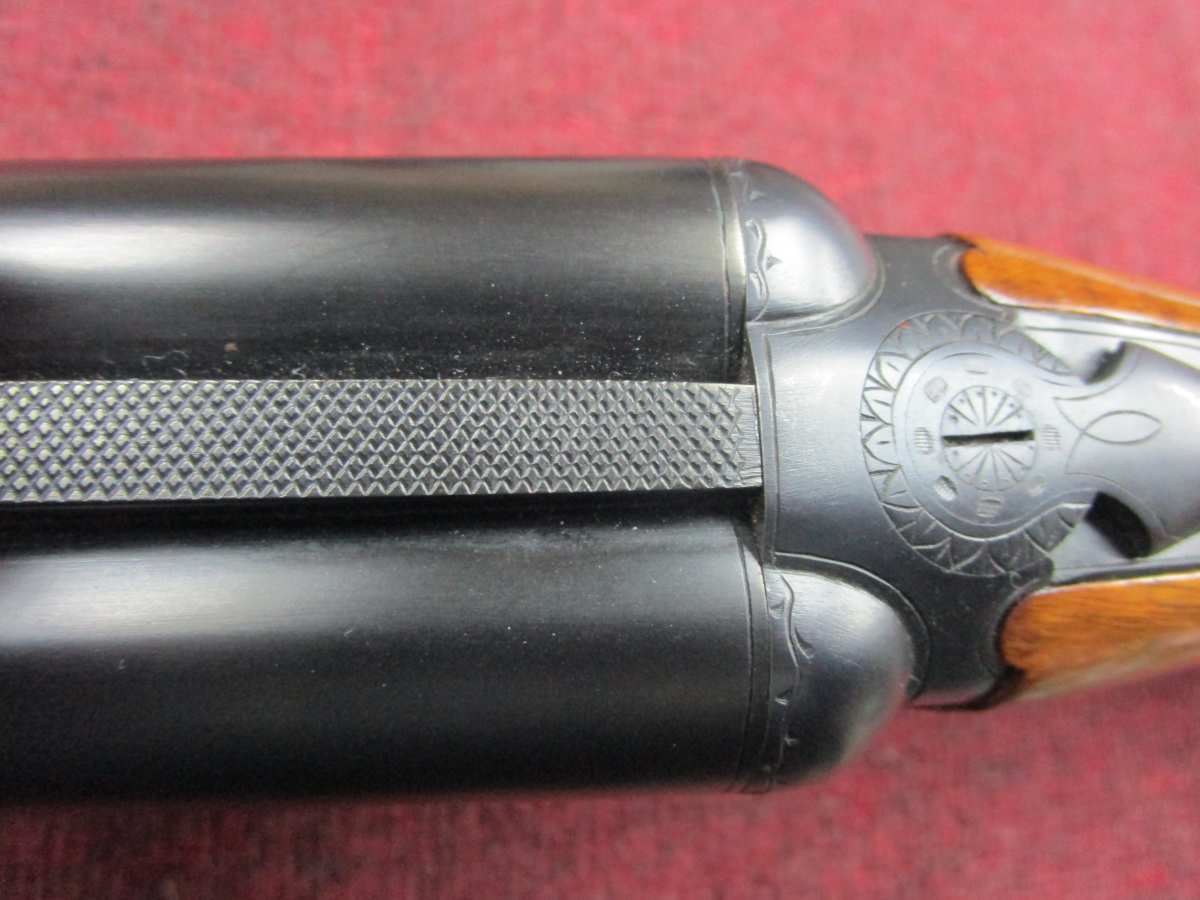
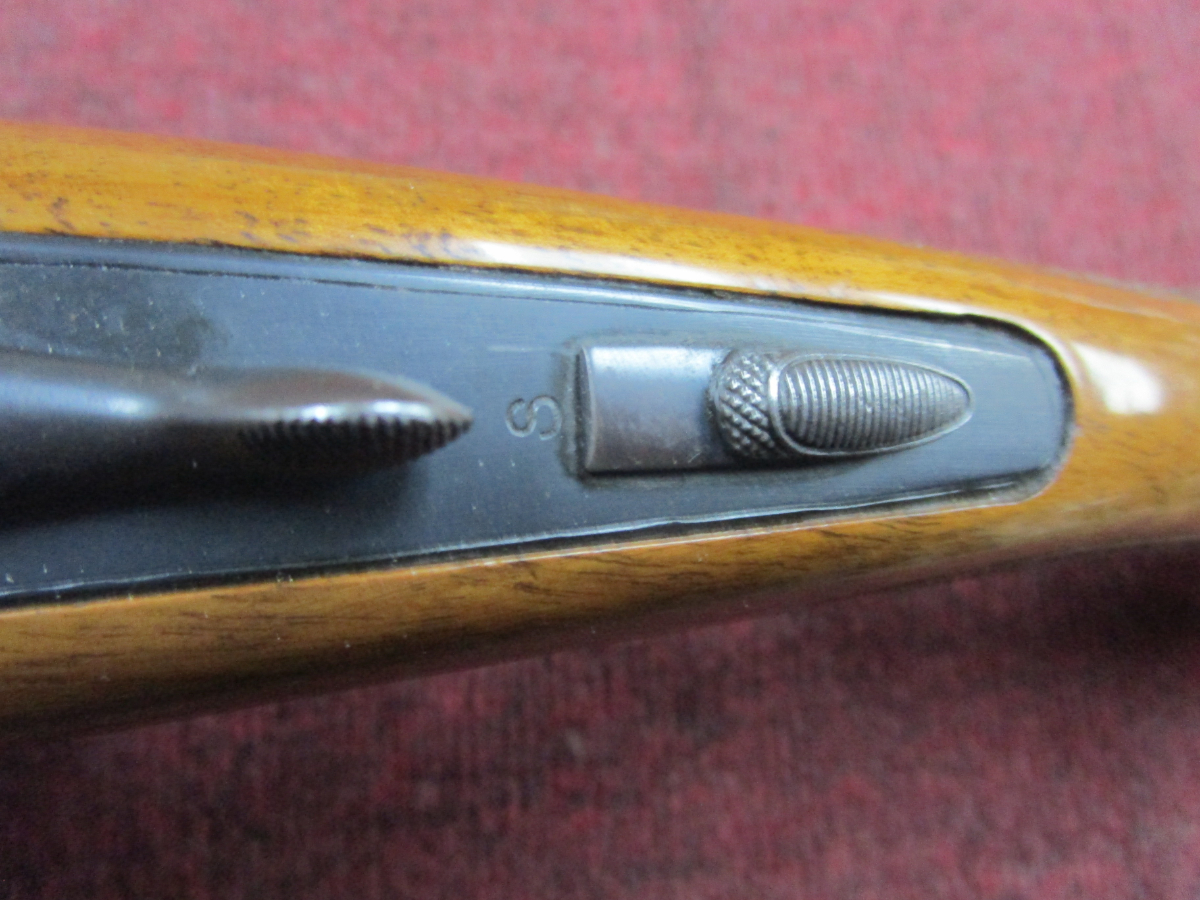

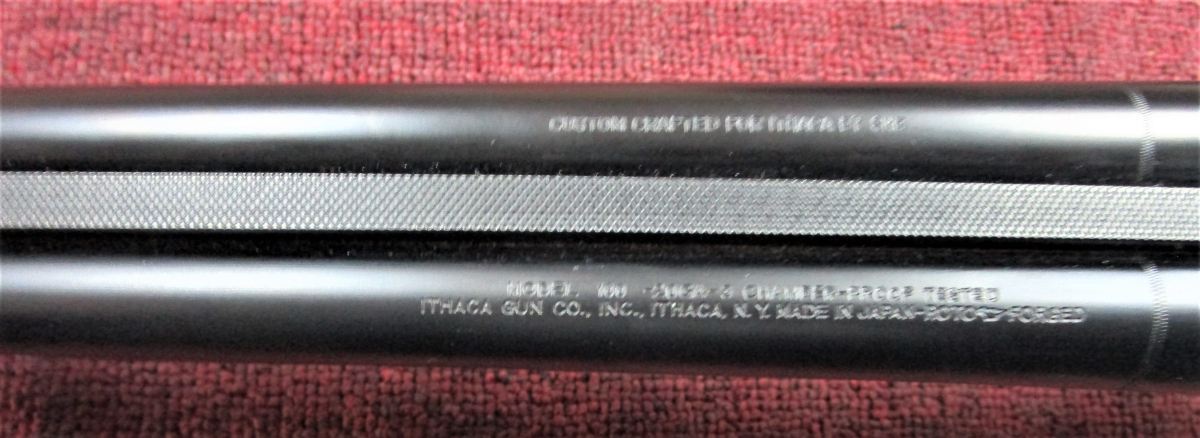














The majority of an 11-judge en banc Ninth Circuit panel concluded that the Second Amendment does not guarantee the right to carry firearms outside the home.

SAN FRANCISCO (CN) — Americans have no right to carry guns in public, a divided en banc Ninth Circuit panel ruled Wednesday, reversing a prior Ninth Circuit decision that struck down a Hawaii firearm restriction as unconstitutional.
“There is no right to carry arms openly in public; nor is any such right within the scope of the Second Amendment,” U.S. Circuit Judge Jay Bybee, a George W. Bush appointee, wrote for the majority of an 11-judge panel in a 127-page opinion.
Looking back on 700 years of legal history dating back to 14th century England, seven judges in the majority found “overwhelming evidence” that the law has never given people “an unfettered right to carry weapons in public spaces.”
The seven-judge majority traced legal texts and laws back to 1348 when the English parliament enacted the statute of Northampton, which banned carrying weapons in fairs or markets or before the King’s justices. It also cited multiple laws from colonial and pre-Civil War America in which states and colonies restricted the possession of weapons in public places.
“The Second Amendment did not contradict the fundamental principle that the government assumes primary responsibility for defending persons who enter our public spaces,” Bybee wrote. “The states do not violate the Second Amendment by asserting their longstanding English and American rights to prohibit certain weapons from entering those public spaces as means of providing ‘domestic tranquility’ and forestalling ‘domestic violence.’”
Writing for the dissent, Senior U.S. Circuit Judge Diarmuid O’Scannlain, a Ronald Reagan appointee, said the majority failed to properly interpret the U.S. Supreme Court’s 2008 decision in District of Columba v. Heller, which overturned Washington D.C.’s total ban on handguns and a requirement that rifles and shotguns be kept unloaded and disassembled or bound by a trigger-lock device.
“The Second Amendment’s text, history, and structure, and the Supreme Court’s reasoning in Heller, all point squarely to the same conclusion: Armed self-defense in public is at the very core of the Second Amendment right,” O’Scannlain wrote.
Plaintiff George Young sued Hawaii in 2012 for denying his applications for permits to carry a concealed or openly visible handgun. A Hawaii state law requires a license to carry a gun in public.
Under a Hawaii County regulation, the police chief may only grant such licenses to those who need a gun for their job or who show “reason to fear injury” to their “person or property.” No one other than a security guard has ever obtained an open-carry license in Hawaii, lawyers for the county acknowledged during a Ninth Circuit hearing in 2018.
In July 2018, a divided three-judge Ninth Circuit panel ruled that carrying a gun in public is a constitutional right and that Hawaii cannot deny permits to all non-security guard civilians who wish to exercise that right.
On Wednesday, the en banc panel majority reversed that decision, finding the Supreme Court’s 2008 Heller decision is not inconsistent with state laws that restrict the right to carry arms in public.
“Heller found that the pre-existing right to keep and bear arms is not a right to ‘carry any weapon whatsoever in any manner whatsoever and for whatever purpose,’” Bybee wrote for the majority.
Young had argued that Hawaii’s 169-year-old law impermissibly limited open-carry permits to security guards, as applied in regulations adopted by the County of Hawaii in 1997.
During oral arguments last September, a lawyer representing the Aloha State said the law does not limit open-carry licenses to security guards. He cited the Hawaii Attorney General’s 2018 guidance stating that an applicant can obtain an open-carry permit by demonstrating “a need to carry a firearm for protection that substantially exceeds the need possessed by ordinary law-abiding citizens.”
The state says the attorney general’s 2018 guidance overrides the county’s 1997 regulation that ostensibly limits open-carry licenses to security guards.
Despite that argument, O’Scannlain found the fact that the 1997 regulation remains “on the books” and that Hawaii has never granted permits to a non-security guard civilian shows the state has been unconstitutionally restricting Second Amendment rights.
“In the County of Hawaii, the historical dearth of open-carry permits for private citizens is no mere ‘pattern or practice,’” O’Scannlain wrote. “It is a matter of official policy.”
In a concurring dissent, U.S. Circuit Judge Ryan Nelson, a Donald Trump appointee, argued the panel should have remanded the case back to district court to determine if Young could plausibly allege Hawaii’s law has been applied in an unconstitutional manner.
The failure to do so could have widespread consequences for people suing to protect their constitutional rights, he said, especially for litigants representing themselves without an attorney. Young originally filed his lawsuit pro se but was represented by lawyers in his appeal.
“It will preclude a host of future as-applied constitutional challenges under the First, Fourth, Fifth, and Eighth Amendments previously recognized by this court — especially for pro se civil rights plaintiffs,” Nelson wrote.
By upholding state laws that restrict carrying guns in public, the Ninth Circuit joined three other circuit courts that have issued similar rulings: the Second, Third and Fourth Circuits. Meanwhile, the D.C. Circuit and Seventh Circuit have struck down state laws that ban carrying guns in public. That makes the dispute ripe for Supreme Court review.
Although some circuit courts have upheld restrictions on carrying guns in public, Young’s attorney Alan Beck, of San Diego, argued that no court has gone as far as the Ninth Circuit did in its en banc opinion Wednesday.
“The Ninth Circuit’s opinion, which finds the Second Amendment right does not apply outside the home at all, contradicts the decisions of every federal circuit court in the country that has ruled on this issue,” Beck said in an email. “We will be seeking Supreme Court review in order to overturn the Ninth Circuit’s erroneous decision.”
Bill Clinton appointees William Fletcher, M. Margaret McKeown, Kim McLane Wardlaw, and Chief Ninth Circuit Judge Sidney Thomas joined Bybee in the majority. Circuit Judges Richard Clifton, a George W. Bush appointee, and Michelle T. Friedland, a Barack Obama appointee, also sided with the majority.
Circuit Judges Sandra Ikuta and Consuelo Callahan, both George W. Bush appointees, joined O’Scannlain and Nelson in the dissent.

Heretofore ignored by the legacy press and mainstream media, in February, federal authorities invaded a neighborhood in the Flathead Valley with militarized police and terrorized its occupants with what appears to be Waco-level tyrannical overreach
In 1992, a federal siege occurred in Boundary County, Idaho, at a location known as Ruby Ridge. The eleven-day siege lasted from August 21-31 and resulted in the deaths of one U.S. Marshall, and the wife and son of Randy Weaver, the target of the siege. This event captured the attention of the nation. To secure the land around this seven-person home composed of three adults and four children, the federal government saw fit to send in hundreds of federal agents, as well as associated vehicles and air support.
The reasons for the siege are not pertinent here, but the fact is many lessons were learned as a result. Those lessons revolved around Rules of Engagement, the use of force, and other legal concerns. One would have hoped the lessons would be applied in future encounters, but in 1993 the same FBI Hostage Rescue Team commander took part in the siege and raid of the Branch Davidian compound in Waco, Texas. After fifty-one days, the compound was breached and seventy-five people were killed, including twenty-five children. Nearly thirty years after Ruby Ridge, it seems that the only real lesson federal agencies applied from Ruby Ridge and Waco is that they needed to do a better job of keeping their activities out of the eyes of the public. Why? Because a similar event occurred in Western Montana on February 2, 2021, and it’s likely you’ve not heard anything about it.

In the early Tuesday morning hours, motion sensors alerted the occupant, hereafter referred to as John Doe (names have been changed to protect the innocent) that there was movement along the driveway to his home. Given the time of day, the location of the home, and some recent history that will be discussed later, Doe knew he needed to react, but in a non-threatening manner. His decision was to put on a pair of pants, remain barefoot and shirtless, and move to the front porch with his hands raised in the air. What appeared in the driveway was the lead vehicle of three BearCat armored personnel carriers – commonly referred to as personnel tanks (pictured left) – in a convoy of over thirty total vehicles.
The BearCats are armed with a rotating turret for housing customer-specific weapon systems. Five gun ports are located on each side of the vehicle, and an additional two on the rear. The vehicle are often equipped with .50 BMG or 7.62mm rifles. It is a military-grade vehicle often used by U.S. Special Forces and the Australian military.
But on this day, they were cruising the Flathead Valley with thirty other police vehicles in tow.
Also surrounding the house were one-hundred-plus federal agents with a helicopter in support. Federal agents immediately took Doe into custody and placed him in loose-fitting flex cuffs into the back of one of the BearCat vehicles. Inside the vehicle, John was placed on the outer wall, and at his feet were loaded weapons. Doe later concluded that this had to be a setup, for if he were to try to free himself, he would likely be killed. Seemingly unbeknownst to the Feds, Doe’s 88-year-old mother (who suffers from dementia) was asleep in the house. The actual homeowner, Jane Doe, was also in the home. This is why Doe wanted to avoid confrontation and the stress of such an event by presenting himself peacefully. What looked to be a quick and peaceful resolution then took a strange turn to the worse.
Why did agents breach the house when Doe was already in custody? Counter to standard practice, the team chose to enter a window next to Doe’s basement door. That window is over three feet off the ground and thus difficult to breach and enter by a team that needs to move fast. There are many windows in the house that would have made a breach entry a lot easier. This window was different, not only in its height above ground and the resulting impact on the tactics used, but it is also right next to Doe’s bed. If Doe had not exited the house and moved to the front porch to peacefully present himself, the concussion grenade employed by the breaching team would have landed on him while he was sleeping. There’s no telling what would have happened in that instance, but John’s death is a possibility.
Federal agents obviously knew the home’s layout and they immediately entered Doe’s storage and security room and disconnected all security cameras while conducting a search. Though not included on the warrant, the federal agents searched John’s gun safes, a detached garage, and vehicles parked around the residence.
What provoked this Montana this raid? Doe’s former girlfriend from North Carolina filed a restraining order (a civil matter, not criminal) against Doe in that state claiming he was homicidal, suicidal, a threat to her, and had bomb-making materials with the intention to cause harm. She also claimed he had booby traps all over the home and the surrounding property. But none of this was true.
Doe does in fact hold a Federal Firearms License (FFL) and is licensed for all weapons, ammunition, and powders on his property. Given this fact, federal agents can request to see all his material at any time, no siege required. Circumstances brought Doe back to Montana and, despite the foregoing, a restraining order secured under false information in North Carolina caused a massive raid in Montana involving federal agents from around the country.
According to the Constitution, federal operators may not engage in law enforcement activities without the permission of the local county sheriff, something that is often overlooked and ignored, which is the case here.
Doe was not read his rights until two hours into the event. He was eventually transported to the Flathead County jail by a Deputy Sheriff who was not aware of the preceding events until well after the fact. Doe was released three days later on his own recognizance. Jane was never read her rights despite being questioned by federal agents. John, Jane, and John’s mother were not the only victims of this raid. John’s neighbor, who shares a long driveway with him, was detained in handcuffs for two hours as he left for work. A close friend of John’s heard what had happened and was detained when he went to the house to check on his well-being.
On March 5, Doe and his neighbor both received mail that contained a list of confiscated weapons, but no ammunition was listed despite it all having been confiscated. The list further contained only about twenty percent of the total number of items taken. The address listed on the paperwork was John’s neighbor’s house and it remains unclear why both homes received the notice.
As of the date of the publication of this article, there continues to be a news blackout of this event. John has not been charged with any federal crimes, gun-related or otherwise. Jane has had to pay over $4,000 in out-of-pocket repairs for property damage to her home caused by the breaching team and the subsequent search. (She has received forms to request reimbursement from the Feds). Doe has had to pay thousands of dollars for legal representation.
The Feds spent thousands of tax dollars to execute this raid with agents from around the country, even as far away as Pennsylvania, Florida, and Virginia. Now that Joe Biden is so focused on removing the 2nd Amendment from the Constitution, these actions could become the norm. Americans will be made criminals as unconstitutional measures such as H.R.8 and H.R.127 pass through the U.S. House, on to the U.S. Senate, and ultimately to Joe Biden’s desk. Let us all hold accountable the government that works for We the People, because what happened to John is not what America is supposed to be.
[Editor’s Note: The Montana Daily Gazette stands by the veracity of this report from a field reporter and we believe the Legacy Press has been intimidated into silence by the federal government. Names have been changed to protect the innocent]

Yeah it took me a second or two also to get it! Grumpy

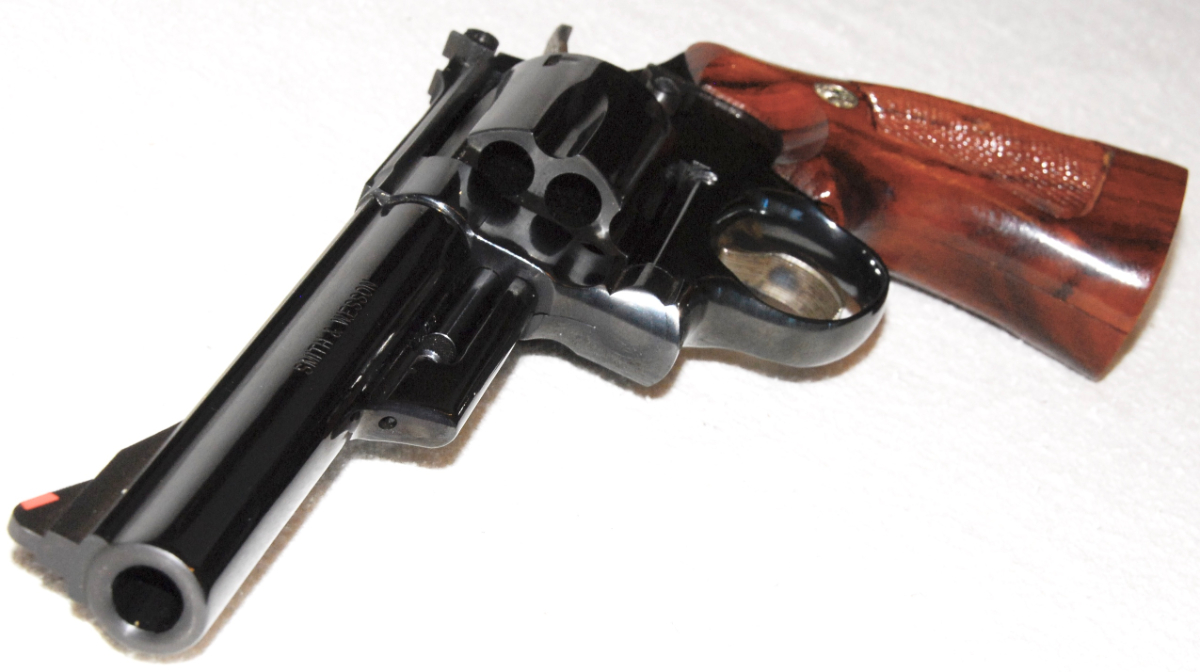
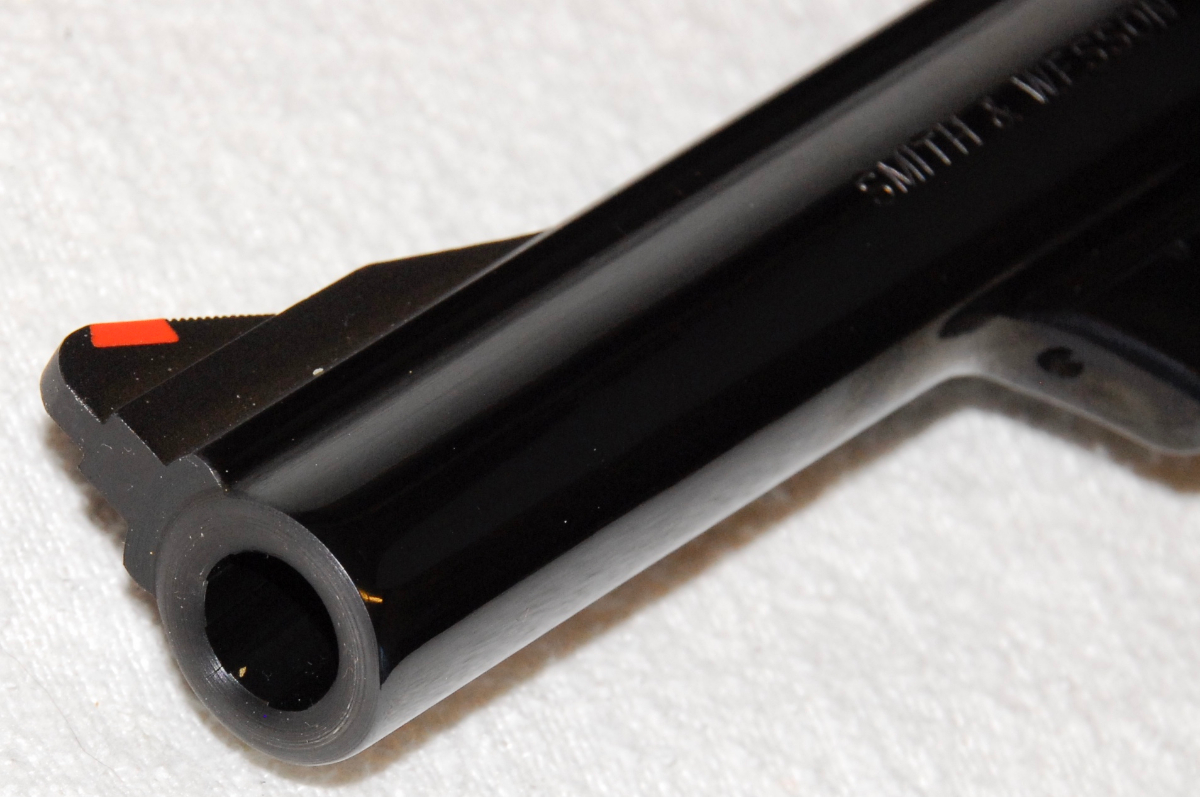




This the gun you want when you really want to get the job done. Provided that you know what you are doing with a hand cannon like this. Grumpy
